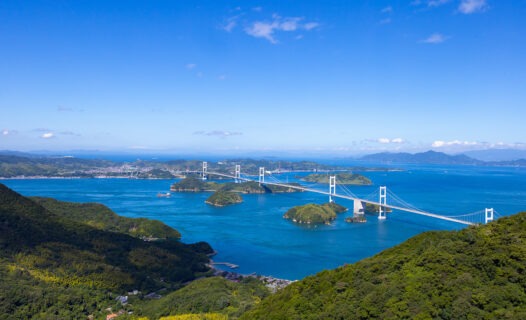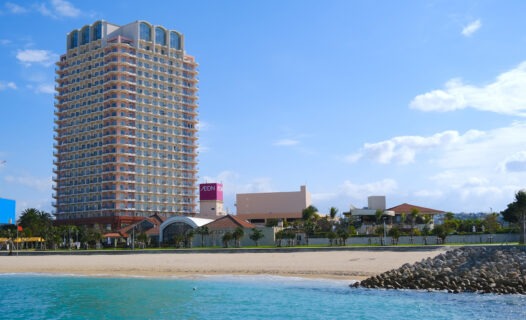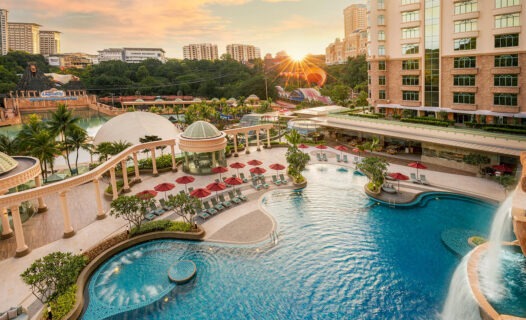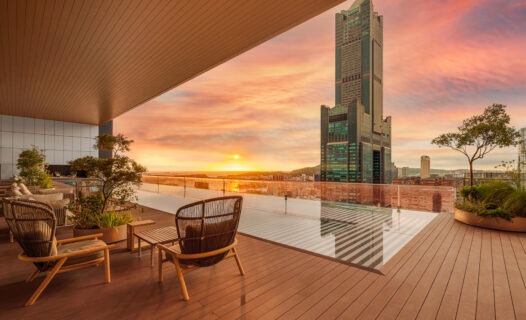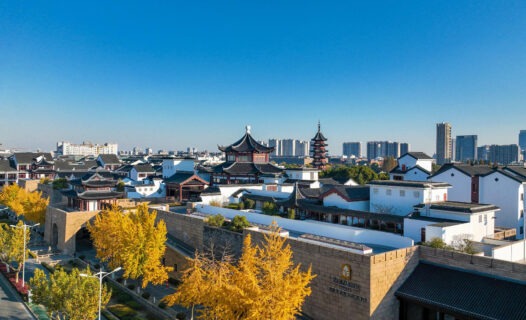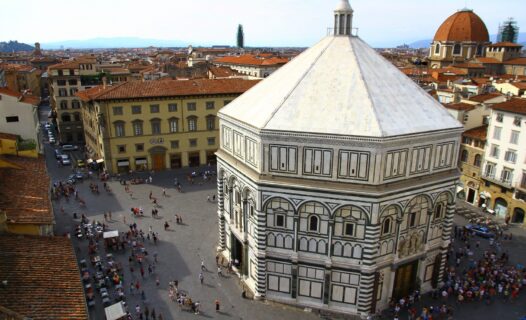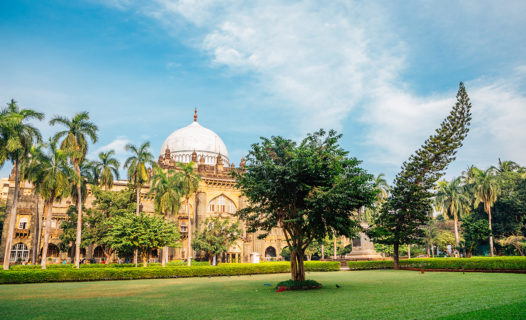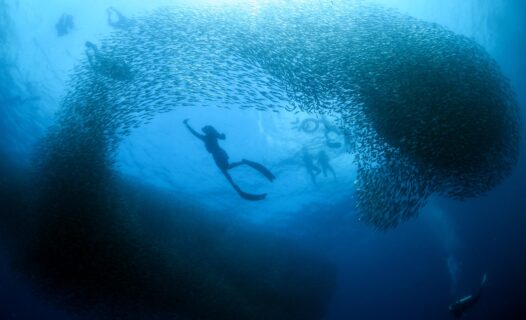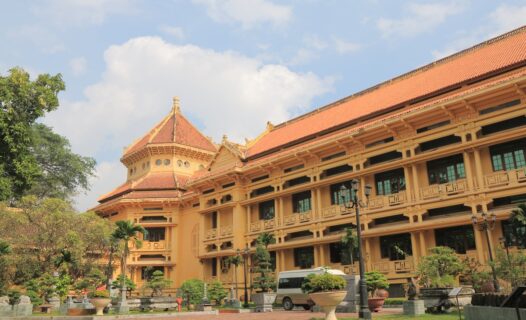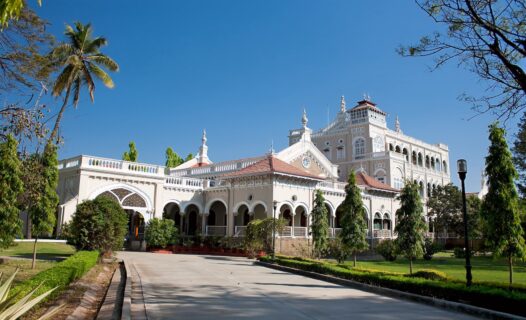Philippines Holiday? 5 Festive Culture Tours & Vacation Packages
Plan your Philippines holiday around a national treasure. Most Filipino landmarks are open 365 days a year and include a festival nearby!
Filipinos love their culture and heritage. In fact, they love it so much that they set aside two entire months for celebrating! Dozens of festivals take place across the islands in May during National Heritage Month. And locals mark History Month in August with various commemorations and festivals. If your Philippines holiday doesn’t take place in May or August, don’t fret! Most national landmarks are open 365 days a year, and there’s a good chance you’ll catch a festival nearby.
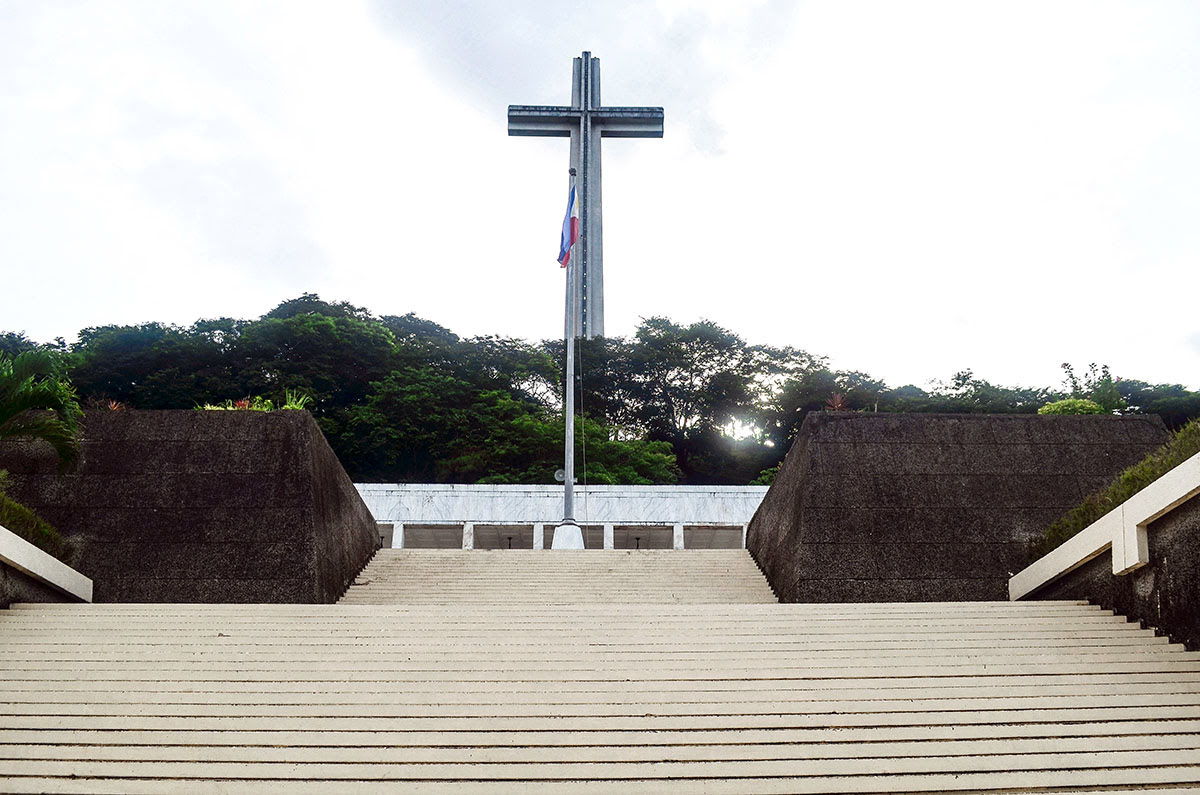
1. Attend a turtle festival, and sop up a picturesque view of MOUNT SAMAT NATIONAL SHRINE
Built atop the picturesque Mount Samat in the town of Pilár, the Mount Samat National Shrine and Mount Samat Cross honor Filipino and American soldiers who fought in World War II. Components of the shrine, known as the Shrine of Valor, or Dambana ng Kagitingan by locals, are designed by prominent Filipino and Italian artists, making the venue a balanced excursion for sightseers who appreciate some art with their history lessons.
Attend a festival near Mount Samat Cross
See the shrine after releasing baby turtles into their natural habitat during the annual Pawikan Festival. The conservation effort takes place on the last Sunday in November at the Pawikan Conservation Center in Morong, Bataan.
Check In to historical Las Casas Filipinas de Acuzar Hotel, Step Out to Mount Samat
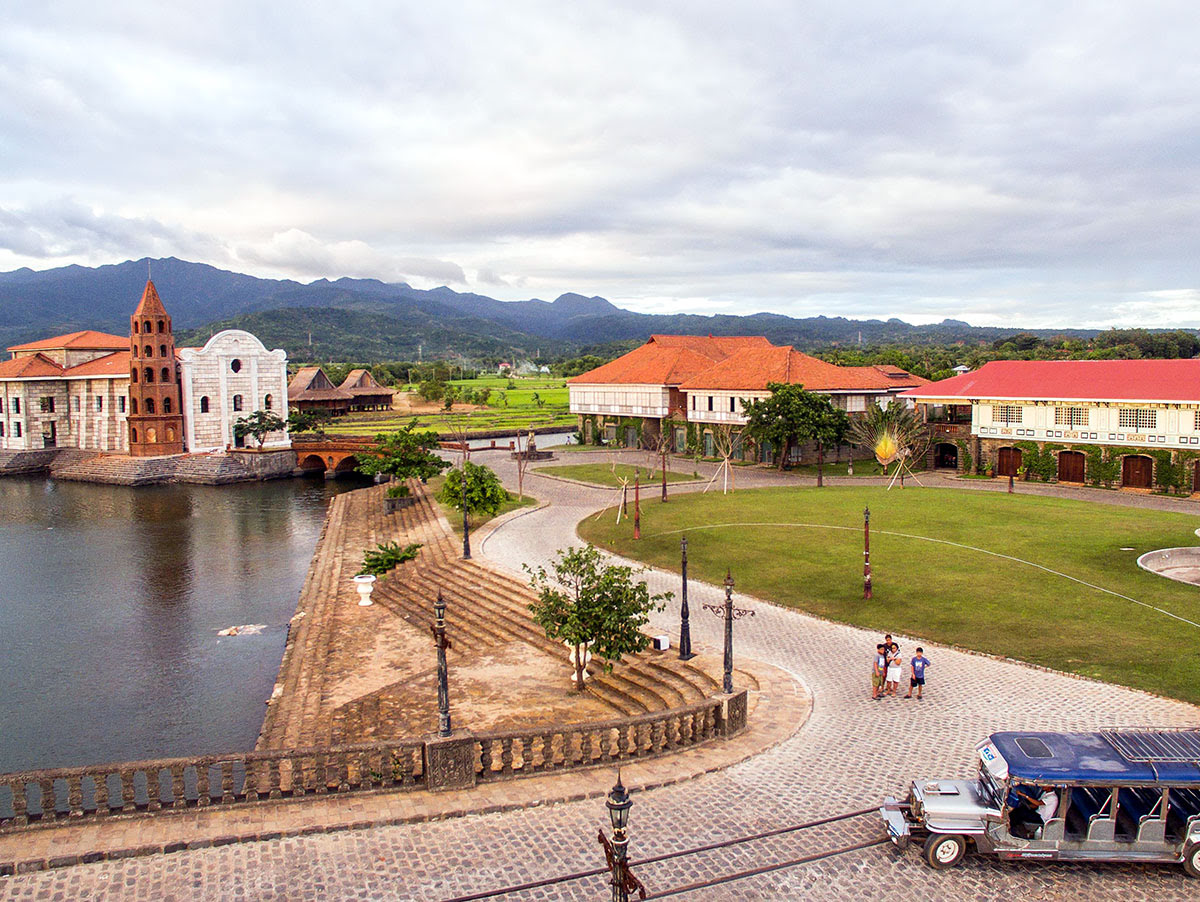
Discover more resorts and guest houses in Bataan
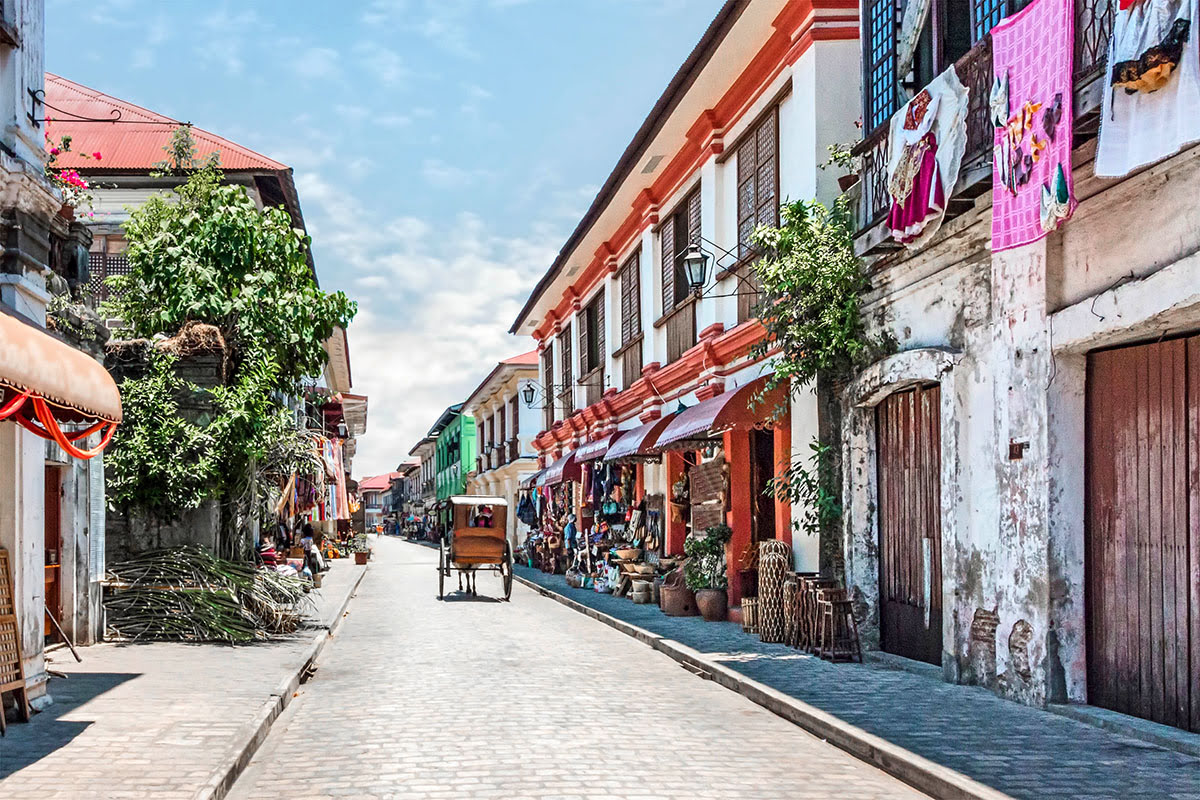
2. Ride a horse-drawn carriage over cobblestone streets in the HISTORIC CITY OF VIGAN
Take a ride in a kalesa, or horse-drawn carriage, to view a 15th-century Spanish colony in the Historic City of Vigan. Designated in 1999 as a UNESCO World Heritage Site and named in 2014 as one of the New7Wonders Cities, Vigan’s main draw for tourists is Calle Crisologo, which showcases more than 200 historic mansions and buildings along 25 cobblestone streets. Pay a visit to Crisologo Museum and Vigan Cathedral to learn the true history of the era and to admire the unique architecture of the time.
Attend a festival in Vigan City
Viva Vigan Festival of Arts takes place the first week of May. The religious and cultural celebration promotes the value of the Historic City of Vigan and commemorates Labor Day by honoring Isabelo de los Reyes, who founded the first federation of labor in the Philippines.
Vigan City Fiesta is considered a homecoming celebration for Filipinos and happens on January 25 every year. The religious-based holiday marks the conversion of St. Paul the Apostle as well as the anniversary of Vigan becoming an official city.
A significant holiday for Catholics, the Tres de Mayo Celebration remembers the journey of St. Helena, who took her son, Prince Constantine, on a search for the cross of Jesus.
Check In to Hotel Luna, Step Out to Calle Crisologo
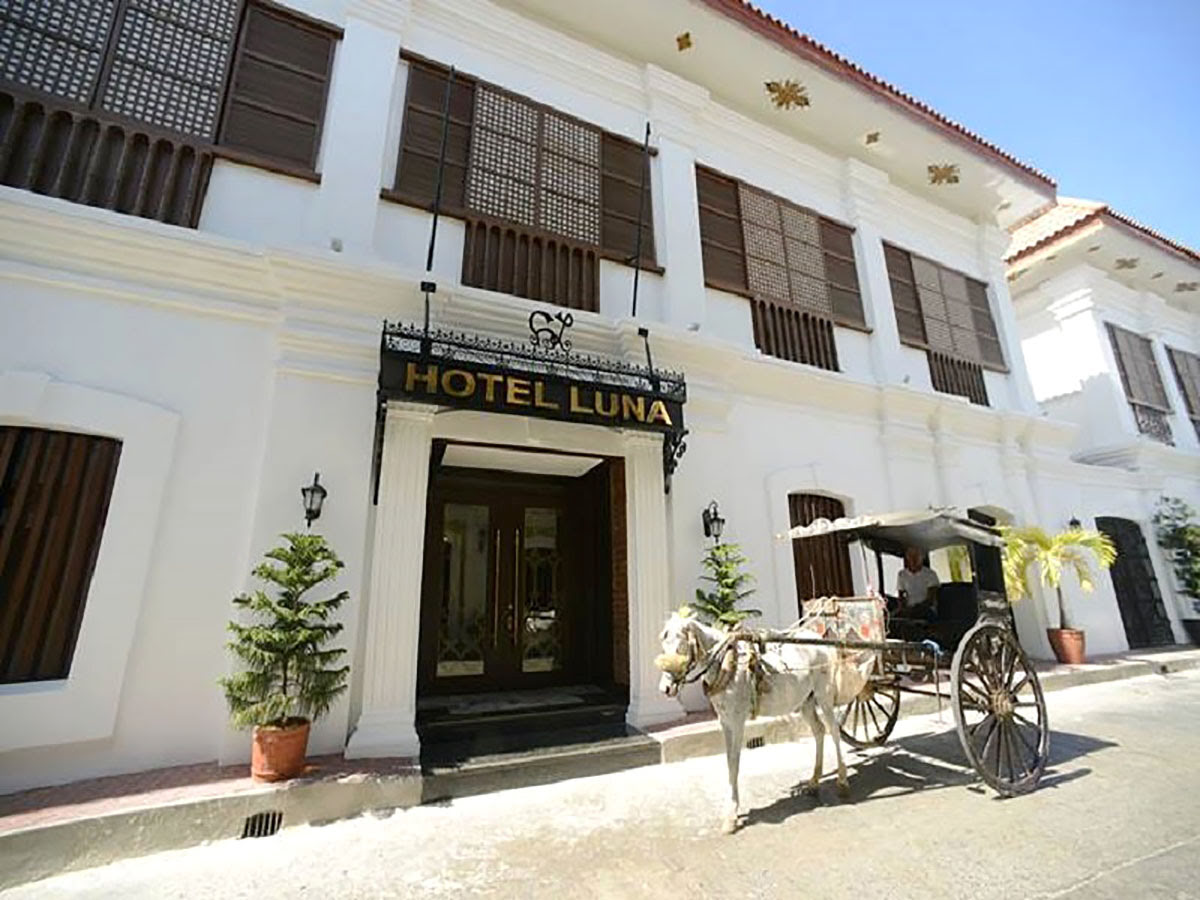
Discover more hotels and apartments in Vigan City
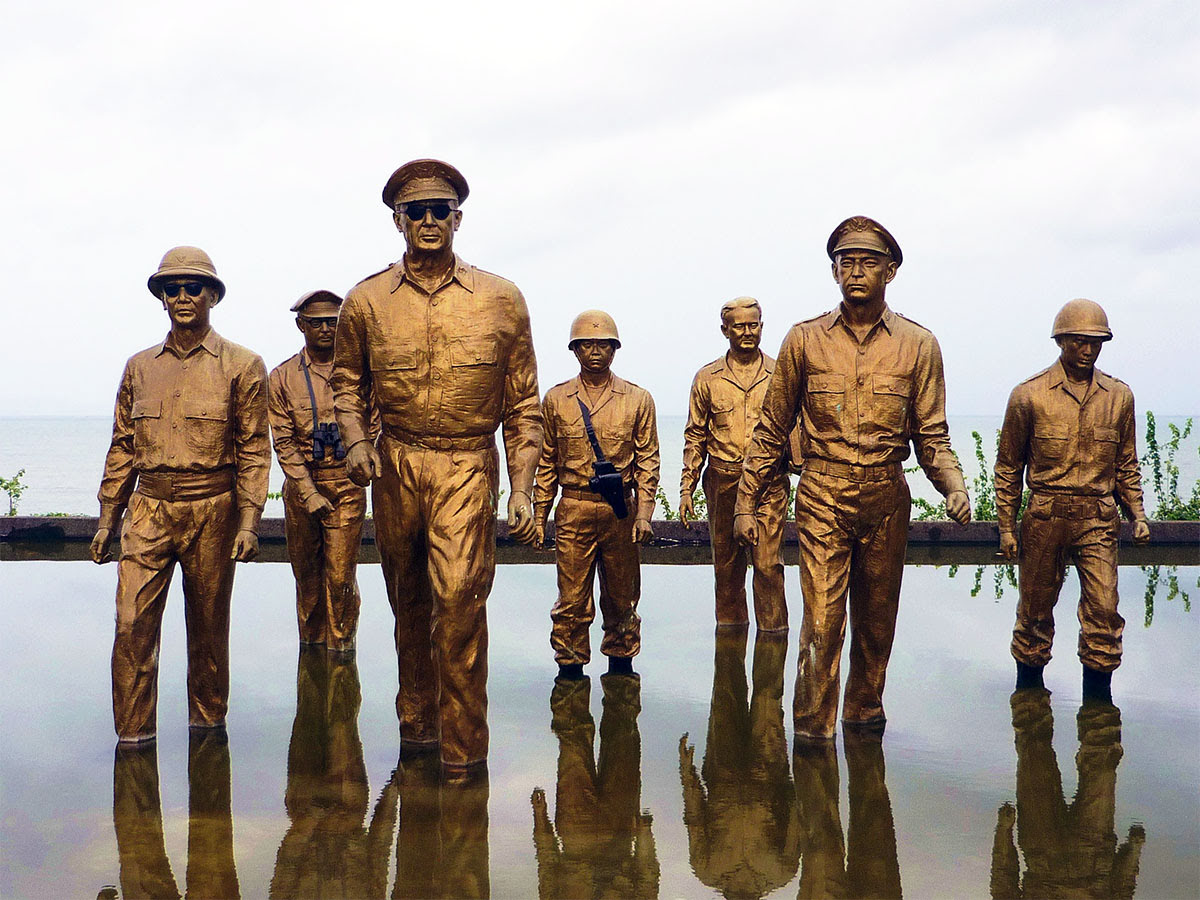
3. See the spot where troops arrived to liberate the Philippines at MACARTHUR LANDING MEMORIAL NATIONAL PARK
Gaze up at seven larger-than-life statues that mark the return of General Douglas MacArthur to the Philippines during the Japanese occupation in World War II. The statues, standing nearly double in height as the average person, capture a moment from Oct. 20, 1944, when MacArthur and his entourage waded onto shore at Red Beach, fulfilling MacArthur’s 1942 promise of returning to liberate the people of the Philippines. The
MacArthur Landing Memorial National Park, sometimes just called MacArthur Park, is a protected area and is one of the most popular tourist attractions in Leyte.
Attend a festival near MacArthur Landing Memorial National Park
Join tattooed natives for an uproarious time during the Pintados-Kasadyaan Festival of Festivals. Celebrated around June 29 in Tacloban City, the holiday unites nearby municipalities through colorful parades, traditional dancing and a lively display of the full-body tattoos worn by Pintados, or natives of Samar and Leyte.
Check In to The Oriental Leyte, Step Out to Pintados-Kasadyaan Festival of Festivals
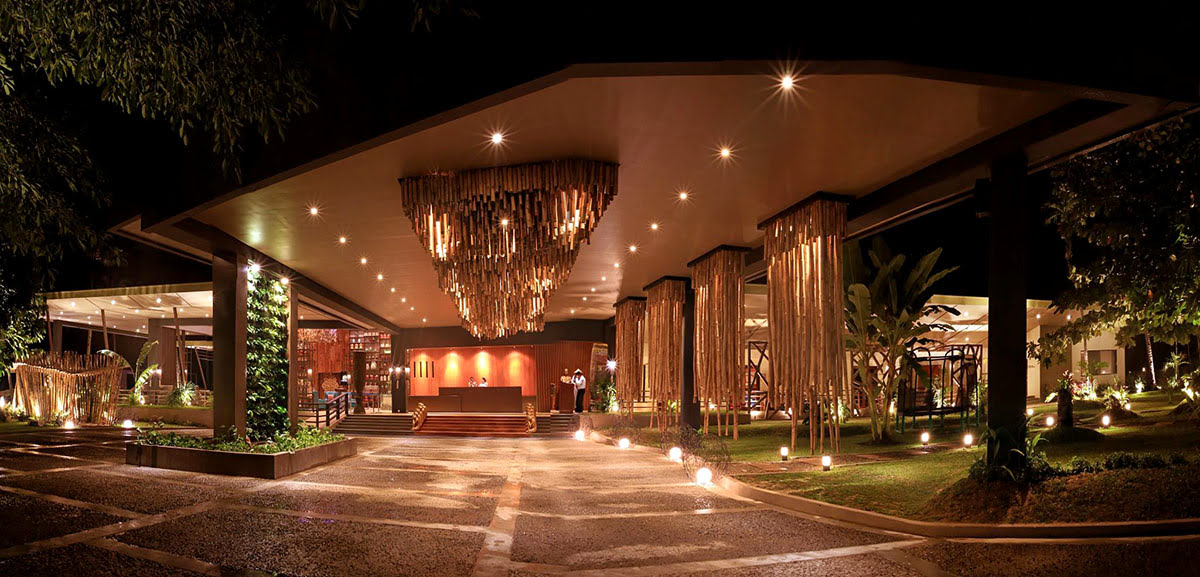
Discover more apartments and guest houses in Tacloban City
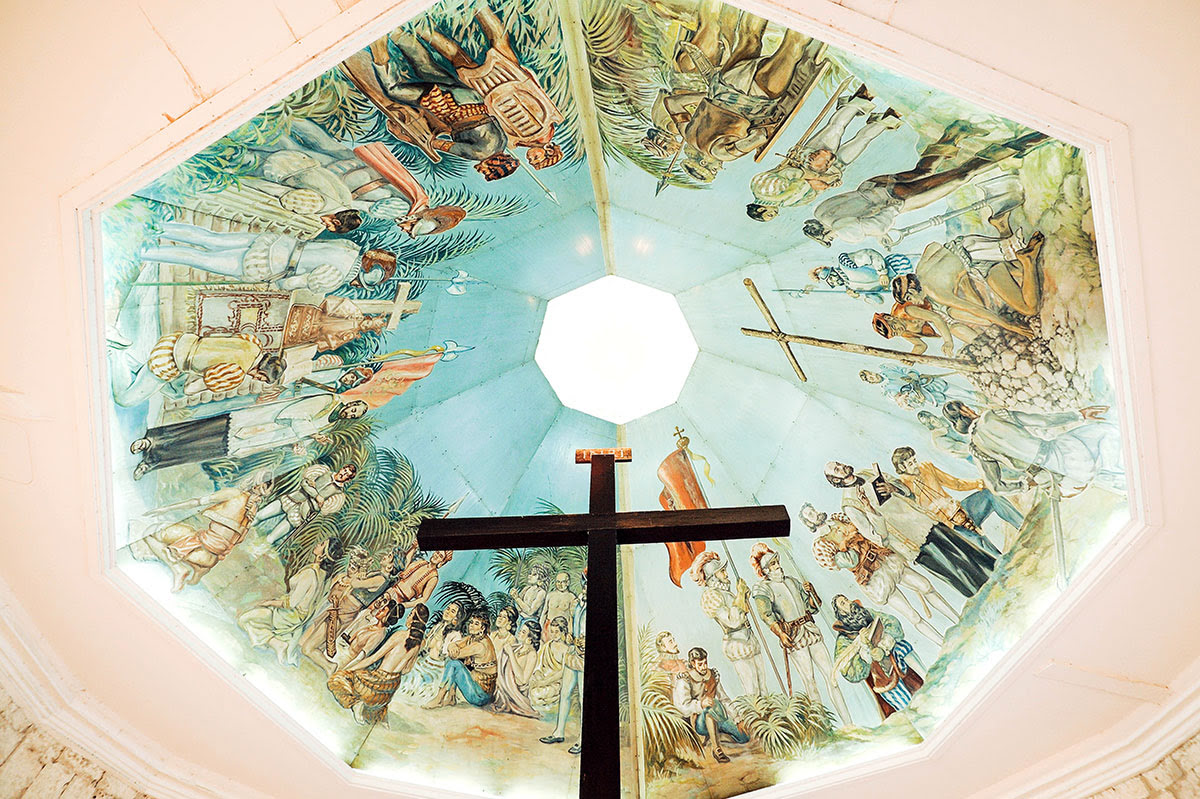
4. Admire a 16th-century Catholic icon brought by a Portuguese explorer at MAGELLAN’S CROSS
Located in Cebu City, Magellan’s Cross represents the arrival of Catholicism in the Philippines. According to legend, the cross was planted in 1521 by Portuguese explorer Ferdinand Magellan, and the city of Cebu developed around the iconic landmark. A replica of the cross is displayed in a small chapel next to the Santo Niño Basilica (Basilica Minore del Santo Niño). A sign at the location indicates that the original cross resides inside the replica, which protects the centuries-old cross from thievery and decay.
Attend a festival near Magellan’s Cross
The Sinulog Festival is one of the most popular Catholic festivals in the Philippines. Celebrated on the third Sunday in January, the event attracts between 1 and 2 million people and is famous for its street parties, native dances and brilliant costumes.
Check In to Azalea Place Robinsons Residences Cebu, Step Out to Magellan’s Cross
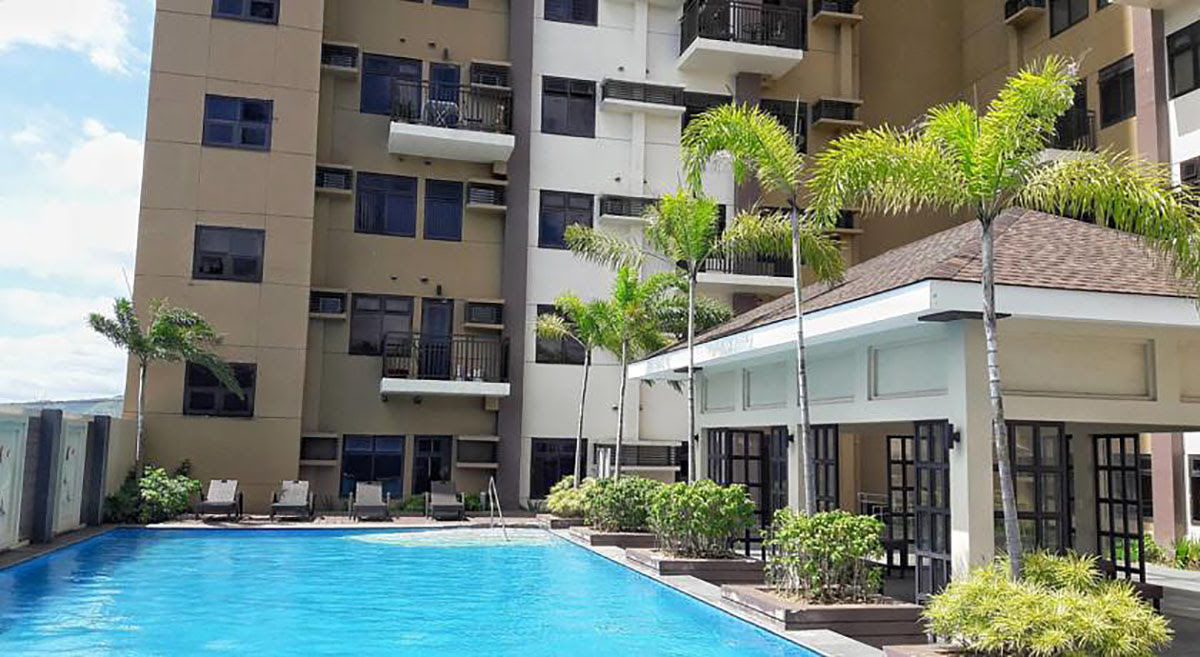
Discover more serviced apartments and capsule hotels in Cebu City
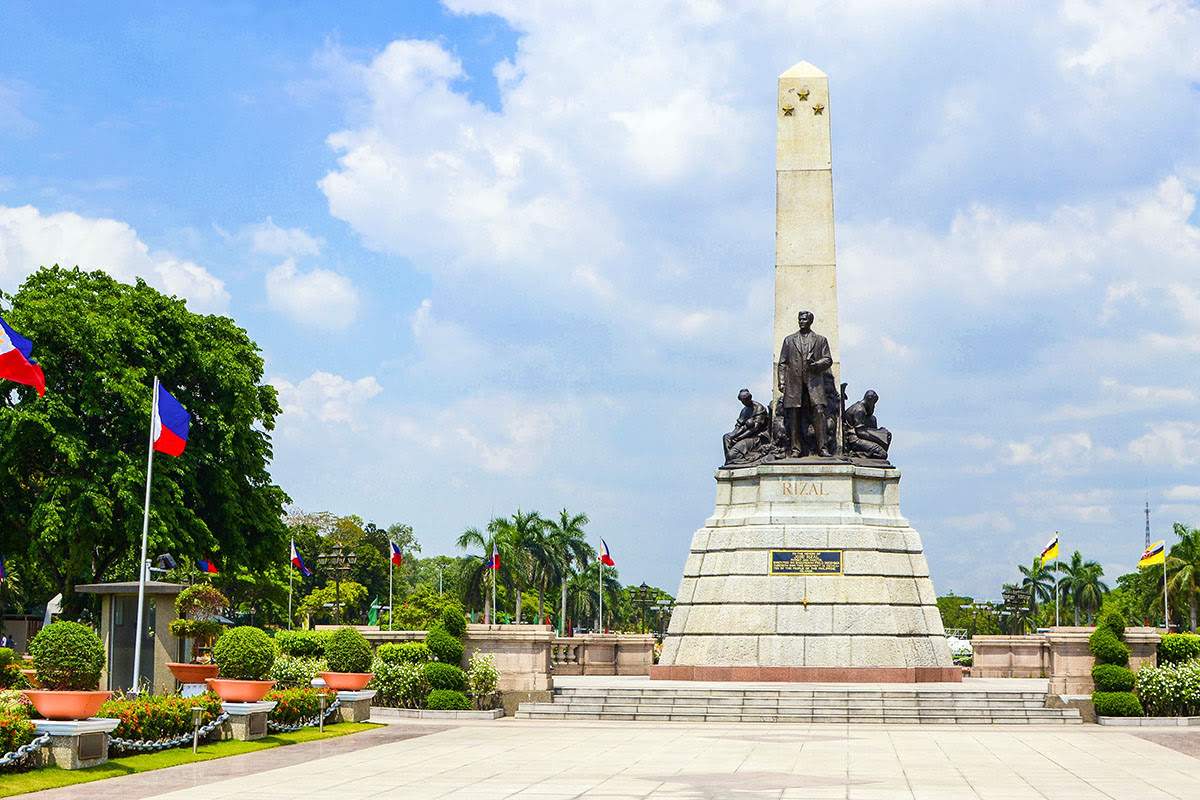
5. Meander through a protected area dedicated to a beloved hero at RIZAL PARK
Honor a Filipino hero at Rizal Park, where the Rizal Monument stands as a symbol for the Philippines’ plight to independence. Located in the middle of the park, the bronze sculpture immortalizes national hero José Rizal, who spoke out publicly against Spanish rule in the 19th century and was executed, along with dozens of other prominent officials and loyalists, near the spot of the present-day monument. The area was formerly known as Bagumbayan Field but was dedicated in 1955 as Luneta National Park. Today, the park is maintained and protected by the José Rizal National Centennial Commission and is still known by locals as Luneta Park.For a more in-depth look into Rizal’s contributions to Filipino society, visit the Museo Ni Rizal and Fort Santiago.
Attend a festival near Rizal Park
The Feast of the Black Nazarene takes place annually on January 9, when thousands of Filipino Catholics reenact the 1787 relocation of the coveted Black Nazarene sculpture from Rizal Park to Quiapo Church (Minor Basilica of the Black Nazarene). The mesquite wood statue of Jesus carrying the cross to his crucifixion was carved by an anonymous Mexican sculptor and arrived in Manila in the early 1600s. Anyone can join the procession, but be prepared for a 22-hour journey, which locals often attend barefoot!
Check In to Ariana Hotel, Step Out to Rizal Park
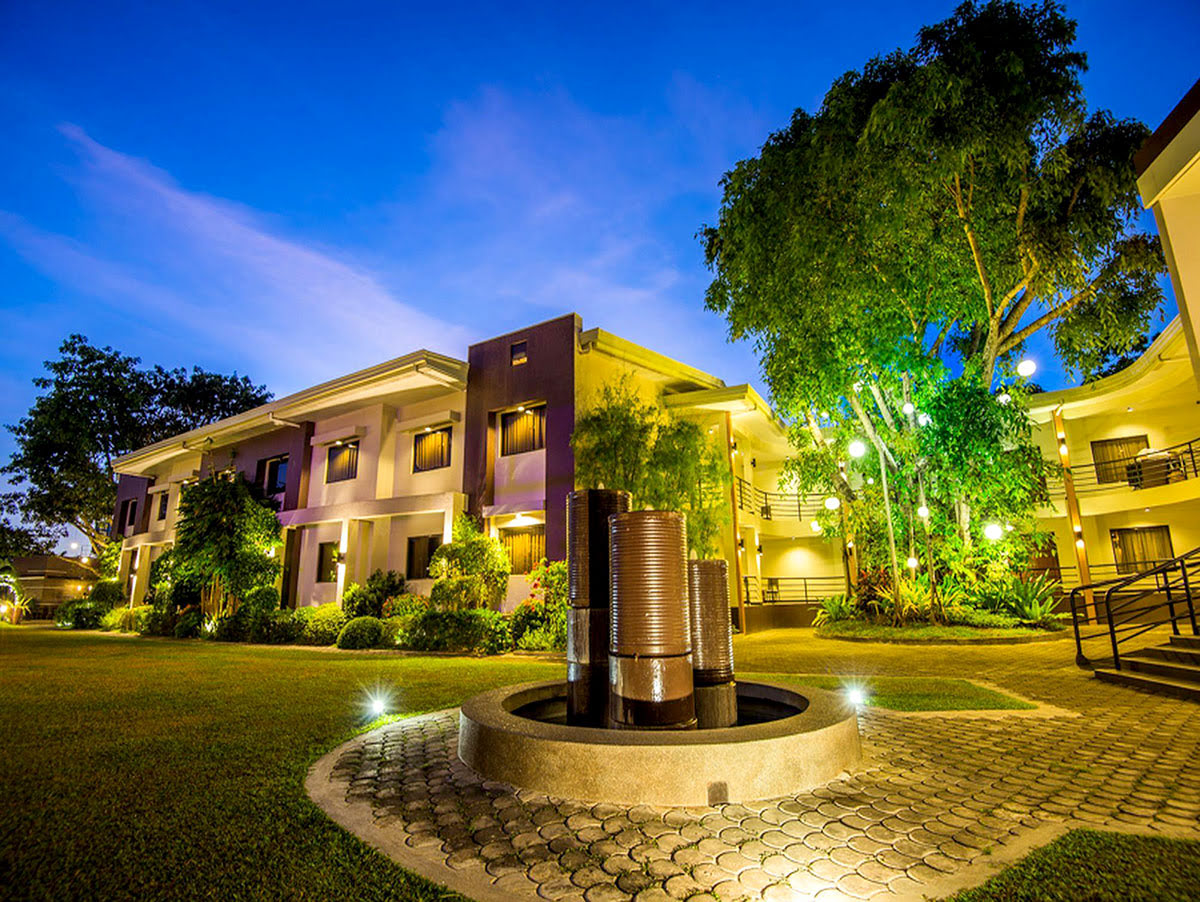
Discover more resorts and motels in Manila
















